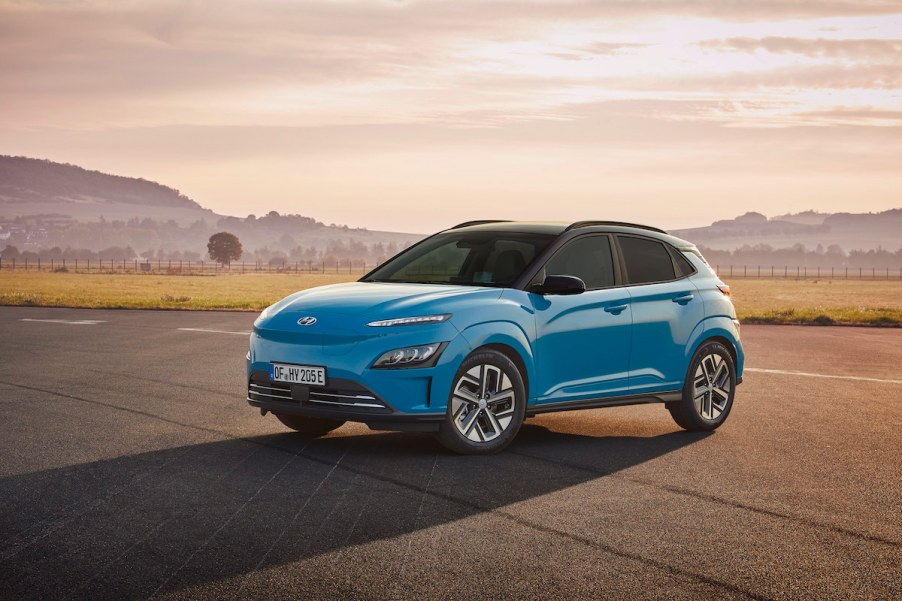
Which EV Retains the Most Electric Driving Range in the Cold?
The EV revolution is taking over the automotive industry, but there’s still one area that electric vehicles and consumers have to consider: cold-weather range. Like gas-powered cars, EVs lose range in cold weather, making car shoppers hesitant to buy an EV. That said, some EVs handle cold-weather driving better than others. Here’s a look at the EVs that retain the most electric driving range in the cold.
Norway put EVs to the test in cold weather

According to Inside EVs, the Norwegian Automobile Federation (NAF) tested a bunch of EVs on cold Norwegian roads to see how various models performed. NAF’s test involved 20 EVs, and like any range test, it involved driving cars from one city to another.
The total distance was about 300 miles, and the drivers were allowed to recharge their EVs once. Because it was a cold-weather driving test, the weather was cold along the journey. For example, when the test drivers were allowed to recharge their EVs, it was about 28 degrees Fahrenheit outside. The route for this test also involved city and highway driving and different vehicle speeds.
These EVs performed better than the rest in cold weather
All EVs saw a drop in range compared with their official range number. However, the Hyundai Kona Electric saw the smallest decrease from its official range. The Kona version that NAF tested has a WLTP-estimated range of about 279 miles. In the test, the Kona got about 252 miles of range. That’s a drop of only 9.9%.
The Volkswagen e-Up also performed well. It has a WLTP-estimated range of 156 miles, and it got 140 miles on the NAF test. That’s only a 10% drop, barely more than the Kona’s decrease.
Another Hyundai that performed well on the NAF test was the Ioniq. It has a WLTP-estimated range of 193 miles, and it got 173 miles during the NAF test. That’s a drop of about 11%.
“WLTP” stands for “Worldwide Harmonised Light Vehicle Test Procedure.” It’s a European test for measuring fuel economy and carbon dioxide emissions.
But Norway’s test wasn’t perfect, and electric cars are improving
The NAF test gives folks a good insight into how those 20 EVs performed in cold temperatures, but there’s a lot of other information folks should consider. Off the bat, because the NAF test took place in Norway, the EVs had official ranges estimated through the WLTP cycle. This cycle is different from how the EPA estimates range, so there can be a dramatic difference in their estimates.
Thus, if a bunch of American EV owners conducted a similar test during the winter, the results would likely be significantly different. And, of course, because the NAF test used some EVs that aren’t available in America, a similar test in the United States would likely involve different EVs.
Last, though EV customers are right to be concerned about how their cars perform in cold weather, automakers are aware of those worries. Manufacturers and their engineers are working toward solutions to improve how EVs handle cold weather. In the future, EVs might be so efficient that range anxiety becomes obsolete.


